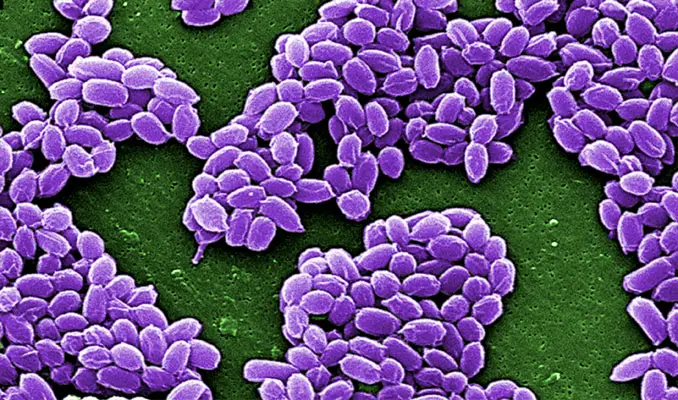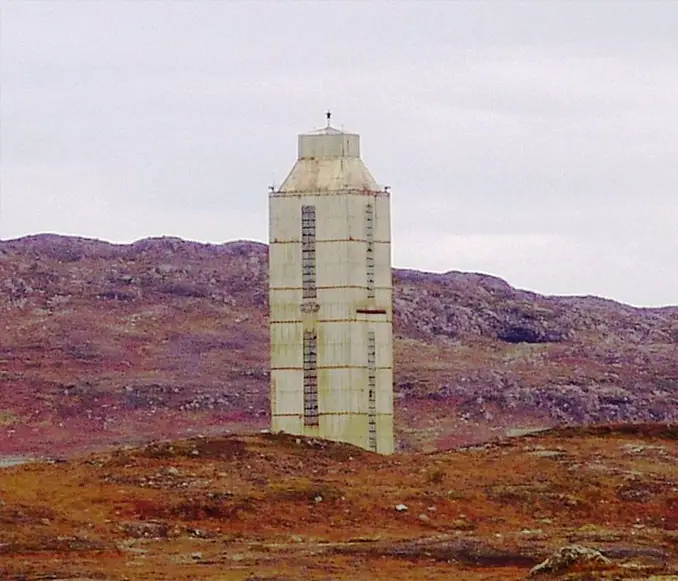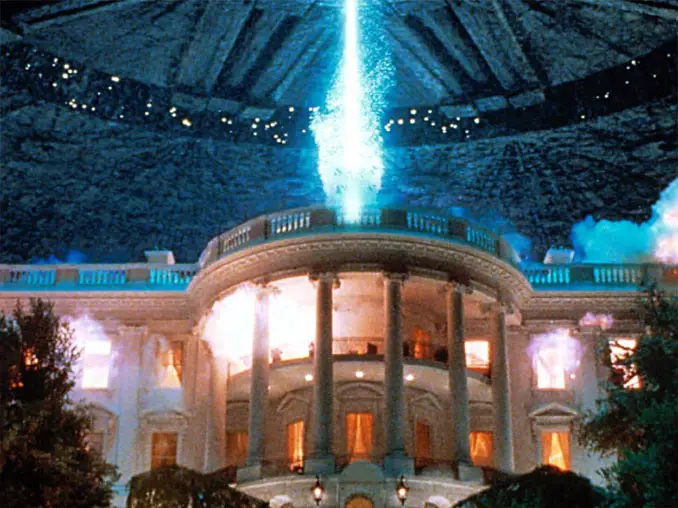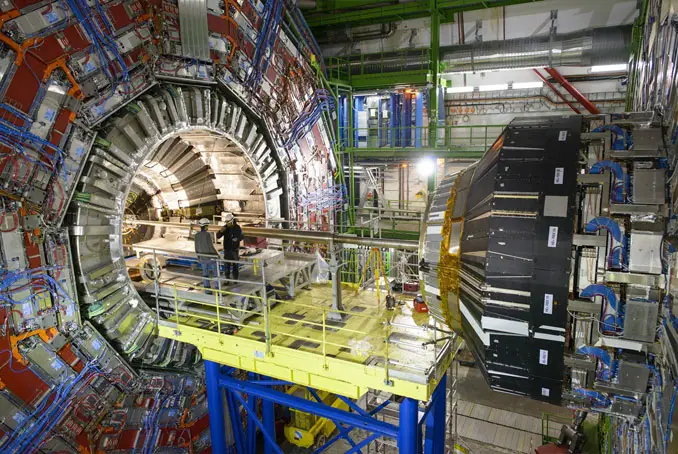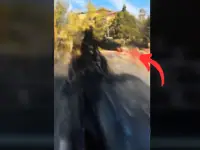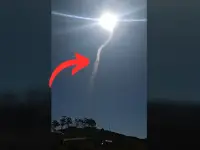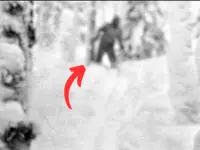Science experiments that either could have or might end the world in the near future. From being destroyed by artificially intelligent robots to accidentally creating a black hole, we take a look at 10 science experiments that could have ended the world.
[embedyt] https://www.youtube.com/watch?v=q79lBEAMS6s[/embedyt]
10. Genetically Engineered Superbugs
For years now science has had the ability to genetically engineer diseases to make them even more deadly than they once were. Scientists can now synthesize and genetically modify a range of nasty diseases like anthrax and mousepox making them even deadlier than the original strains. In 2005, scientists successfully re-created a strain of the influenza virus which was estimated to have killed between 20-40 million people in 1918. The complete genetic sequence of this disease has been mapped and is now available online for anybody to download.
In the 1970’s a bacteria was genetically engineered to digest petroleum. It was hoped that the bacteria could be used to clean up oil spills. At the time it was feared that it may spread out of control out-competing other bacteria for survival.
While not a direct genetic modification, the creation and use of pesticides on food crops has inadvertently caused many plant-based diseases to develop into super bugs. Forced to adapt through the process of natural selection, these new resistant strains of disease are even more destructive than their predecessors leading some to speculate that it could be a matter of time before we create a superbug so destructive, it could wipeout the world’s food sources.
9. Self Replicating Technology
Self replicating technology is any technology that has the ability to reproduce or construct another identical or more advanced version of itself. For example, a single robot is built by humans with the ability to replicate itself using material it gathers and modifies. The mathematician John von Neumann first proposed the idea of a self replicating machine that could travel through space, gathering resources to build another exact machine. The two craft would then self-replicate, creating four, and so on. The large fleet of craft could travel in different directions throughout the universe and relay data back to Earth.
But what if this technology could not be stopped from reproducing itself? In his 1986 book about nanotechnology Eric Drexler elaborated on a concept he called ‘grey goo’. He suggests that tiny, self-replicating robots known as nanobots could replicate exponentially, harvesting and utilizing every useful mineral on the planet. The result would be a grey goo-like sea of nanobots covering the entire world.
8. Kola Superdeep Borehole
In 1970 Russian scientists began drilling a super-deep borehole on the Kola Peninsula in Northwest Russia. The project was conceived to study the structure and chemical composition of the Earth’s deep core. At its deepest, the hole was a staggering 12 262 metres (40 230 feet) deep and is still the deepest borehole in the world today. It was unclear what drilling this deep into the Earth’s core would do with some speculating that it may have caused catastrophic earthquakes or even widespread volcanic eruptions.
7. The Search For Aliens
The SETI (Search for ExtraTerrestrial Intelligence) Institute is a non-profit organisation located in Mountain View, California. Using optical and radio telescope systems, their primary mission is to search for extraterrestrial lifeforms with the intelligence and ability to communicate. Some speculate that contacting an advanced alien race could lead to interplanetary war, a situation that humans might be ill-equipped to deal with considering that an alien race may be far more technologically advanced than us.
In 1974, scientists broadcast an interstellar radio message that included information about us humans and the planet we live on. The message includes information about the makeup of human DNA, a graphic of a human, the population of Earth and a map of how to find us. While it will take 25,000 years to hit its intended destination, the globular star cluster M13, many believe that sending this message into space was a bad idea. It essentially tells an aggressive alien race everything they need to know to successfully wipe out all life on Earth.
6. The Large Hadron Collider
Located beneath the France-Switzerland border near Geneva, Switzerland, lies the world’s most powerful particle collider, the Large Hadron Collider. Taking 10 years to build, the facility is the culmination of the work of more than 10 000 scientists and engineers.
The purpose of the collider is to accelerate particles to very high speeds and smash them into each other. Data is then collected and the results are analysed. Physicists use the collider to test predictions and theories of particle physics.
Initially, the experiments sparked fears that the particle collisions could produce microscopic black holes that may damage the Earth or even swallow it up. Another concern was that the experiments may produce something known as a strangelet. A strangelet is a hypothetical particle that some have theorized, if large enough, could have the potential to turn ordinary matter into strange matter. Theoretically the strangelet would catalyze one initial nucleus of regular matter, starting a chain reaction that would turn the Earth into a large, hot lump of strange matter, obliterating all life in the process.
Continue Reading On Next Page:

